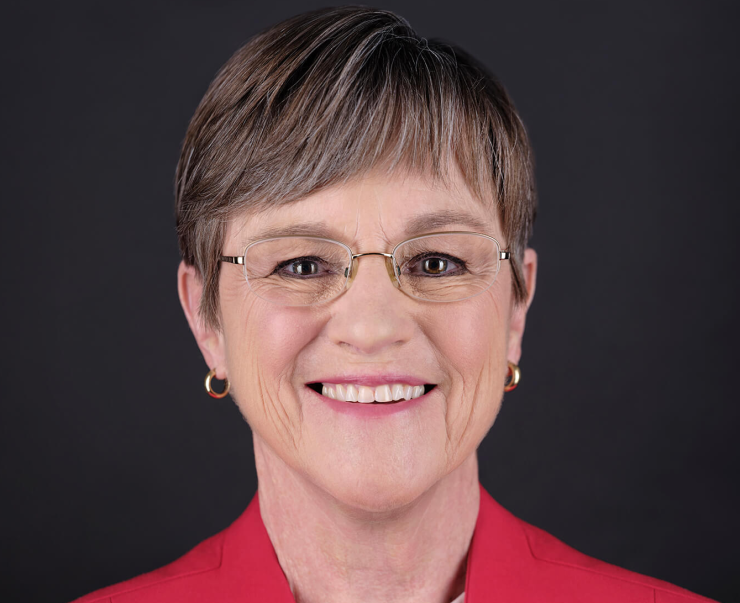For the second consecutive year, Kansas Gov. Laura Kelly is seeking to refinance the state's pension debt, pushing maximum annual debt service of $1 billion in 2032 to a decade later.

The proposal, stymied in the 2019 legislative session, would raise pension costs for the Kansas Public Employees Retirement System, or KPERS, by $4.4 billion.
Kelly's goal is to lower annual payments by $130 million to $160 million over the next four years as the state builds budget reserves and restores funding for schools. The pension payments would still top $1 billion, but not until 2041.
“Kansas' re-amortization of KPERS to make smaller payments in the short term is akin to making the minimum payment on a credit card bill,” according to the nonprofit Kansas Policy Institute. “In other words, the lower the contributions Kansas makes today, the higher contributions must be tomorrow."
In her $7.8 billion budget proposal to Kansas lawmakers, Kelly defended re-amortization as “a frequently used tool to manage pension systems in other states."
“This will not only achieve KPERS payment sustainability, it will create $130.9 million in savings to the State General Fund, improving Kansas’ ability to fund education, public safety, and other critical areas of need,” the governor’s budget statement read. “It will not affect the state’s ability to fulfill obligations to Kansas retirees and actually better positions the state to make full, timely KPERS payments now and into the future.”
Kelly wants to pay $268.4 million to eliminate KPERS layering payments that resulted from skipping normal contributions to the system in fiscal 2017 and fiscal 2019.
S&P Global Ratings, which rates the state’s general obligation debt AA-minus, cited pension funding as a concern in a 2019 report.
“The state funds its pension systems under statutory funding contribution rates that haven't matched either the actuarially required contribution (ARC) before fiscal 2015, or GASB 68's new ADC for many years,” analysts said. “The problem has been largely state underfunding of the school pension system; the state employee division pension contribution alone has been generally funded at its actuarial requirement. While Kansas is funding its required contributions in 2020, a repeated history of underfunding actuarial rates at statutory levels has contributed to the state structural deficit and weak pension funding levels.”
While extending the horizon for pension debt, Kelly, a Democrat, wants to accelerate retirement of other state debt that grew under Republican Gov. Sam Brownback.
“Kansas accumulated a record level of debt during the last administration, just to pay for normal operations,” Kelly’s budget statement said. “The budget recommendation retires $602.5 million of that debt in FY 2020.”
The debt payoffs include repaying the $264.3 million balance of the loan issued in calendar year 2017 from the Pooled Money Investment Board. It also pays the off the $69.8 million balance of IMPACT bonds at the Department of Commerce.
“Altogether, paying these debts early saves an estimated $212.6 million in interest, as well as freeing up the related debt payments in future years,” the budget statement read.
The Kelly budget includes a statutorily required ending balance totaling $627.8 million. The 8% ending balance exceeds the amount required by law.
“Kansas has made tremendous strides in recovering from the last decade of fiscal chaos,” Kelly said in a statement. “This balanced budget builds on that progress and positions Kansas to begin a new decade of shared prosperity and growth.”





